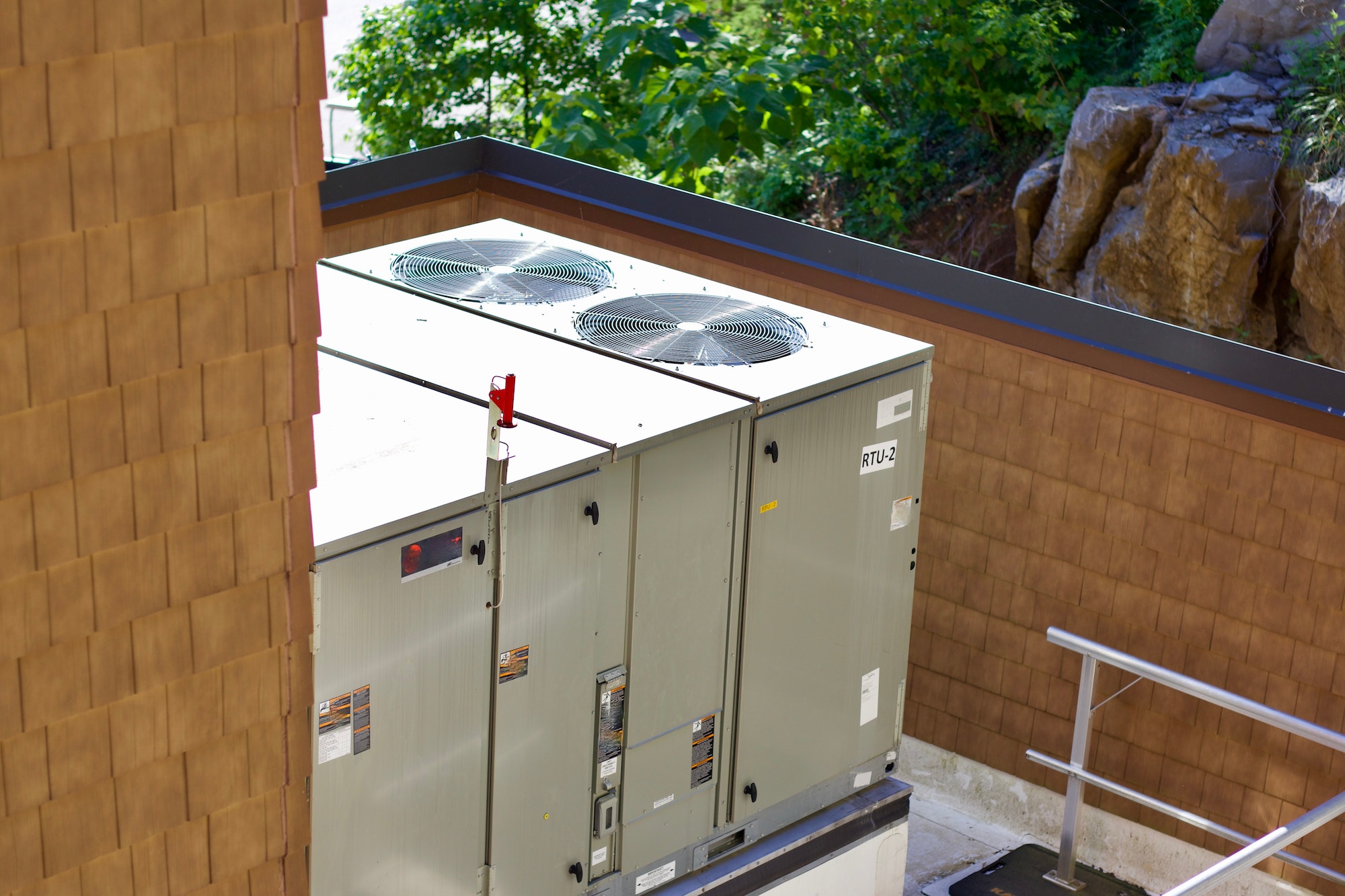Selecting the right materials for outdoor fire bowls is crucial for both longevity and aesthetic appeal. Your choice should not only complement the design of your outdoor space but also withstand the elements. Metal options such as bronze, copper, and stainless steel offer durability and are favored for their ability to handle high temperatures and resist corrosion. Concrete bowls are appreciated for their modern look and customized finishes but require sealing to prevent cracking. Natural stone, while heavy and potentially more expensive, provides a unique and classic appearance that stands the test of time.
When choosing a fire bowl, consider the functionality alongside the material. A bowl’s ability to provide consistent warmth and become a central point of the gathering is as important as its resistance to weather and ease of maintenance. Portable propane fire bowls offer convenience and easy installation, which means you can enhance your outdoor ambiance effortlessly. For those seeking a more permanent solution, built-in fire bowls that require a gas line installation might be desirable despite the higher initial investment.
Key Takeaways
- Select materials that are durable and weather-resistant.
- Consider both aesthetics and functional warmth.
- Ease of maintenance and installation varies by material.
Materials and Durability
When selecting an outdoor fire bowl, it’s crucial to prioritize materials renowned for their durability and safety. The ideal choice should withstand the elements and provide long-term use. Additionally, considering materials that are resistant to rust and corrosion can prolong the lifespan of your outdoor fire bowl. Opting for high-quality construction ensures your investment remains functional and aesthetically pleasing for years to come.
Advantages of Metal Fire Bowls
Metal fire bowls, especially those crafted from stainless steel or copper, offer robust rust-resistant qualities. Stainless steel is a popular material due to its high resistance against corrosion and minimal upkeep. Copper fire bowls not only resist rust, but they also develop a unique patina over time that many find appealing. They are a safe and durable option, ensuring that your investment endures.
Stone and Concrete Options
Stone and concrete fire bowls add a timeless and heavy-duty aesthetic to your outdoor space. The heavy weight of these materials ensures stability against strong winds. Moreover, their natural appearance subtly blends with outdoor landscaping. While less mobile than metal options, stone and concrete provide exceptional longevity and a solid fire pit experience.
Exploring Cast Iron and Aluminum
Cast iron is another excellent choice, standing out with its durability and ability to retain and radiate heat efficiently. It’s ideal for prolonged heat exposure, making it a versatile and heavy-duty component of your outdoor heating solutions. In contrast, aluminum fire bowls are lightweight and resist corrosion. Their portability makes them suitable for outdoor enthusiasts who enjoy rearranging their space frequently.
Design and Functionality
When selecting an outdoor fire bowl, design and functionality are paramount. Your fire bowl should not only complement your outdoor decor but also operate efficiently and safely. Consider features such as adjustable flame settings or easy-to-use ignition systems to enhance the functionality of your outdoor fire bowl. Moreover, ensure that the design allows for proper ventilation to maintain a clean and smoke-free environment around the fire pit. Prioritizing both design and functionality guarantees a seamless and enjoyable outdoor experience for gatherings and relaxation alike.
Fuel Types and Fire Bowl Efficiency
The type of fuel your fire bowl uses greatly affects its efficiency. Propane and natural gas fire bowls are convenient and clean-burning, producing a steady flame with minimal smoke. They’re measured in BTUs (British Thermal Units), which gauge the heat output and efficiency. On the other hand, wood-burning fire bowls offer a traditional, crackling ambiance, though they require more maintenance to manage ash and embers.
Safety Features and Placement
Safety must be a top priority with any fire bowl. Ensure your fire bowl is placed on a non-flammable surface and at a safe distance from any structures or flammable materials. The design should include sturdy construction to prevent tipping and a protective lid to contain sparks. Clearance around the fire bowl is essential to maintain a safe location in your outdoor space.
Additional Accessories and Maintenance
Accessorize your fire bowl with a grill for cooking or a fire pit cover for protection when not in use. Look for decorative elements that also serve a function, such as built-in lighting or portable designs for easy relocation. Regular cleaning and inspection will ensure your fire bowl remains a central, stylish, and functional decorative element in your backyard.
Discover elegant designs that can elevate your outdoor space.
Conclusion
When selecting materials for your outdoor fire bowl, durability and style are paramount. Concrete and metal options stand out for their longevity, with concrete bowls offering premium quality and metal varieties praised for their robustness. Your final decision should weigh both aesthetic appeal and functional needs, ensuring the choice enhances your outdoor space while withstanding the elements.
Discover more from Futurist Architecture
Subscribe to get the latest posts sent to your email.



